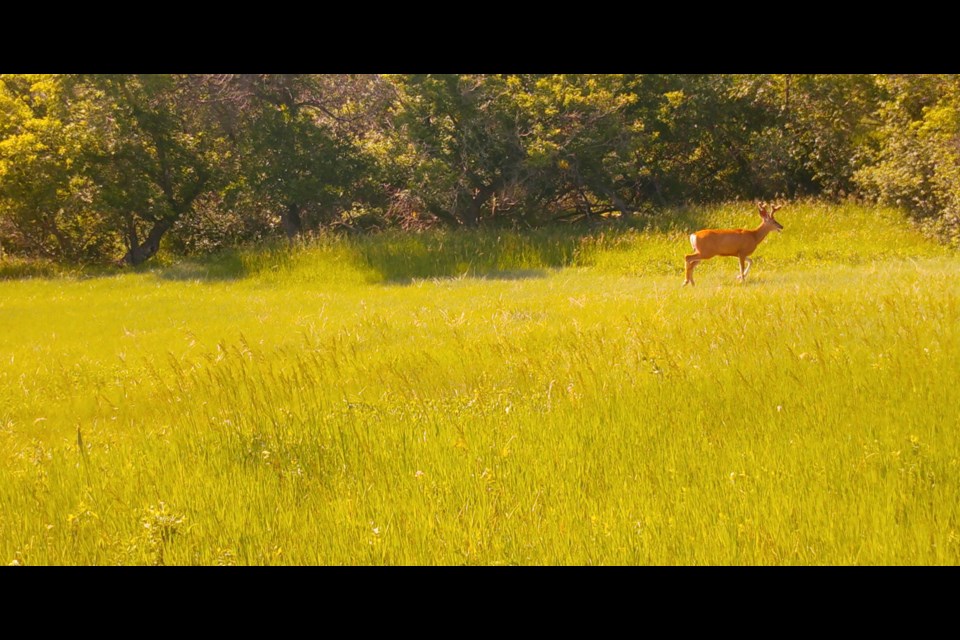Green spaces offer the community a place to de-stress and relax. But what about the urban wildlife that call these spaces home? How do they cope with the ever-changing urban areas that surround their living environment?
The Royal Saskatchewan Museum (RSM) and the University of Regina(U of R) are partnering on a joint project to study the ecosystem of urban-living animals. Their goal is to help future urban planners by collecting information to better understand the needs of wildlife in urban areas.
"Urban environments are the fastest-growing ecosystem in the world and these areas are home to many wildlife species," said Dr. Ryan Fisher, Royal Saskatchewan Museum Curator of Vertebrate Zoology.
"Regina has a lot of green space and wildlife habitat. Unfortunately, we don't know a lot about how these animals are using these areas. We hope that this project will provide a benchmark of wildlife activity in the city and contribute to a longer-term wildlife monitoring program that can help us understand how wildlife changes as the city changes."
The study will have 15 designated locations around the city of Regina.
"The areas were selected because they see relatively lower volumes of human traffic, but provide suitable habitat for wildlife," he said.
Each site will be set up with trail cameras and audio equipment for several months in the coming year. Ideally, they want to compare the changes in the seasons with what animals are using each site. The public is asked to re-frame from disturbing the sites in order to get the most accurate information.
"We want our monitoring to represent what is 'normal' activity in an area and not to cause people, or animal, behaviour to change in any way. But we do want people to be aware of the project and not to be concerned if they happen upon our equipment," said Fisher.
"Most people don't realize that a lot of these species call this area home!" he added.
The study will look into a number of species, including moose, deer, raccoons, robins, chickadees, warblers, hawks, big brown and little brown bats and hoary bats.
This joint study mirrors similar studies performed in other Canadian cities and the United States.
"The RSM is truly a centre for excellence when it comes to research," said Parks, Culture and Sport Minister Laura Ross . "This is just some of the world-class research taking place behind the scenes at the RSM, along with the incredible exhibits and educational programming, there is always something new to discover!"




